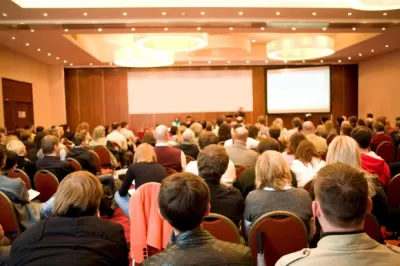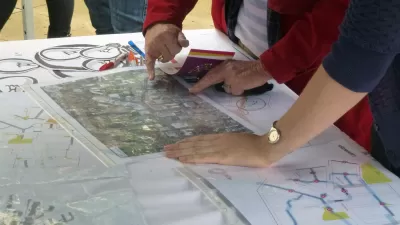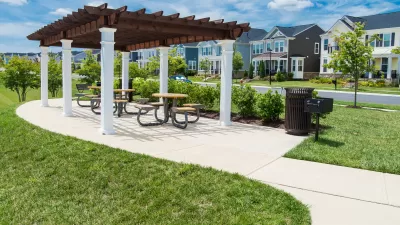“Having participated in several of the I-70 meetings, I got to see firsthand how community input really just meant show up, complain, and we’re going to do the opposite of what you’re asking,” says one Denver councilmember.

My friend Tom lives in North Denver’s Elyria neighborhood, down the street from the I-70 highway and within smell of the city’s famously odiferous dog food factory. He keeps a scrapbook that most people wouldn’t. It contains all of the flyers, explainers, invitations to contribute to health studies, meeting requests and info sessions that have been delivered to his door over the past four years.
Tom, who is an artist, plans to make it into a collage — a reminder, or maybe even a historical record — of the days when planners and researchers knocked on his door all day long — and tried to transform North Denver from a superfund site to a sustainability hub.
I live in Denver too, some 25 blocks south of Tom, also within the smell of the dog food factory. I have spent a lot of time over the past few years trying to understand the city’s growing inequality. By some metrics, Denver leads the U.S. in displacement of Latino residents, and there are meetings — so many meetings — all focused on gathering resident input on coming changes.
These meetings have a name. Urbanists call them participatory planning. A movement now integrated as orthodox in urban planning schools, participatory planning seeks to involve a multiplicity of voices in urban development projects. In Denver, some of these aim to transform formerly industrial areas like the Globeville, Elyria and Swansea neighborhoods (locals call this area GES), once the site of heavy metal smelters during Colorado’s mining boom times, from superfund sites to leaders in environmental remediation.
But neighbors living in industrial areas are fatigued. They frequently say that the city seeks their input on projects but doesn’t listen to their concerns. Community engagement specialists in North Denver, on the other hand, are frustrated by low turnout at city-organized meetings. Why does participatory planning — an approach originally conceived to make cities more just — fail?
FULL STORY: Why Participatory Planning Fails (and How to Fix It)

Maui's Vacation Rental Debate Turns Ugly
Verbal attacks, misinformation campaigns and fistfights plague a high-stakes debate to convert thousands of vacation rentals into long-term housing.

Planetizen Federal Action Tracker
A weekly monitor of how Trump’s orders and actions are impacting planners and planning in America.

San Francisco Suspends Traffic Calming Amidst Record Deaths
Citing “a challenging fiscal landscape,” the city will cease the program on the heels of 42 traffic deaths, including 24 pedestrians.

Adaptive Reuse Will Create Housing in a Suburban Texas Strip Mall
A developer is reimagining a strip mall property as a mixed-use complex with housing and retail.

Study: Anti-Homelessness Laws Don’t Work
Research shows that punitive measures that criminalized unhoused people don’t help reduce homelessness.

In U.S., Urban Gondolas Face Uphill Battle
Cities in Latin America and Europe have embraced aerial transitways — AKA gondolas — as sustainable, convenient urban transport, especially in tricky geographies. American cities have yet to catch up.
Urban Design for Planners 1: Software Tools
This six-course series explores essential urban design concepts using open source software and equips planners with the tools they need to participate fully in the urban design process.
Planning for Universal Design
Learn the tools for implementing Universal Design in planning regulations.
Heyer Gruel & Associates PA
JM Goldson LLC
Custer County Colorado
City of Camden Redevelopment Agency
City of Astoria
Transportation Research & Education Center (TREC) at Portland State University
Jefferson Parish Government
Camden Redevelopment Agency
City of Claremont





























